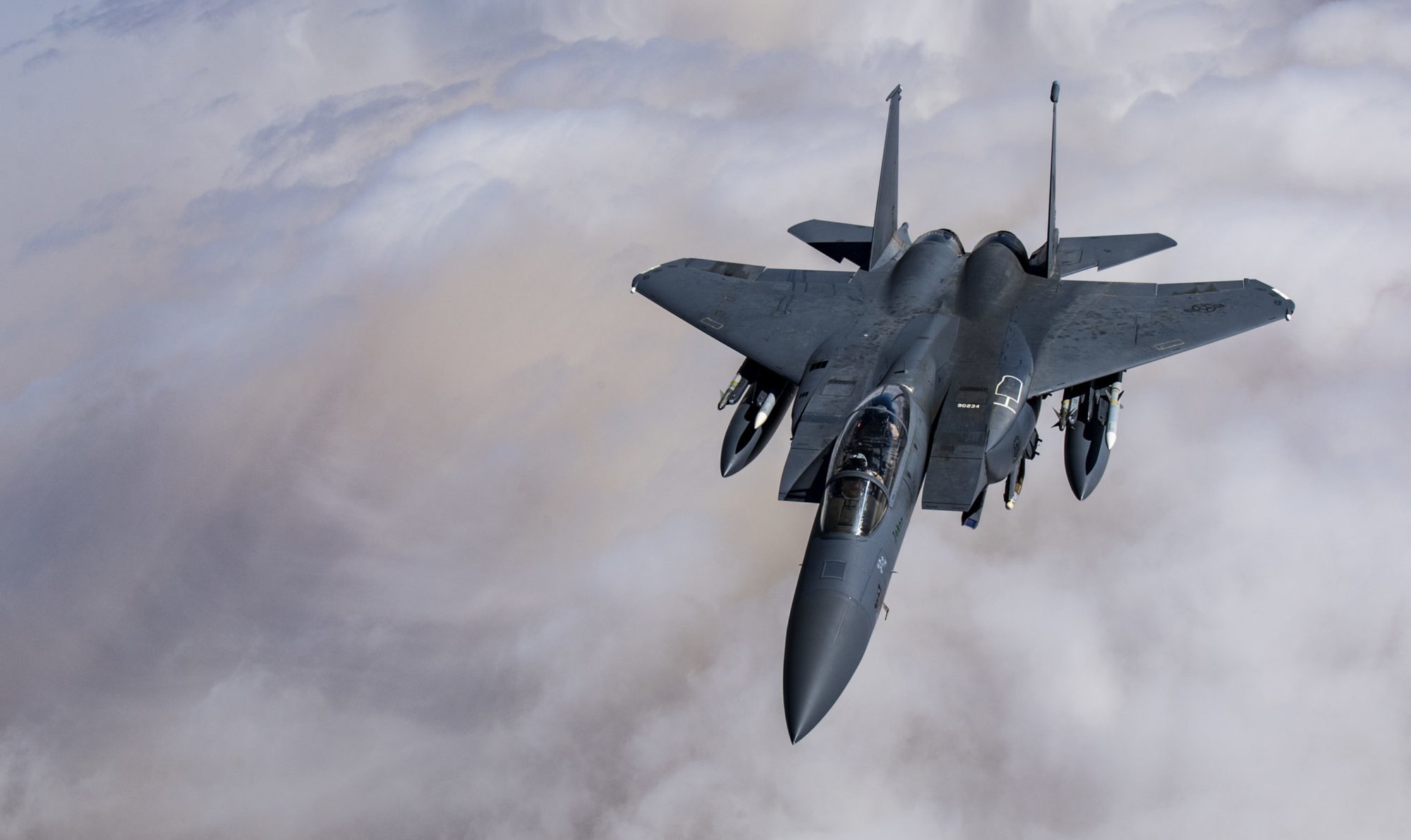
A U.S. Air Force F-15E Strike Eagle breaks away after being refueled by a KC-135 Stratotanker Oct. 25, 2018, while flying over Iraq in support of Operation Inherent Resolve. The F-15E was designed in the 1980s for long-range, high-speed interdiction missions. (U.S. Air Force photo/Staff Sgt. Clayton Cupit)
This article was originally published on March 13, 2020, by the Department of Defense.
Just days after Wednesday’s rocket attack on Camp Taji, Iraq, killed two U.S. service members and a military medic from the U.K., the United States struck back by attacking five weapons sites, the commander of U.S. Central Command said during a Pentagon briefing today.

Marine Corps Gen. Kenneth F. McKenzie Jr. said the U.S. used manned aircraft to attack weapons sites associated with Iranian-backed militia Kata’ib Hezbollah yesterday at 6 p.m. EDT.
McKenzie said those sites — all within a 30-mile radius of Baghdad — were: the Nawar Ahmad rocket storage site; the Kata’ib Hezbollah advanced conventional weapons storage facility in Karbala; the Al Musayyib weapons storage site; and two locations at Jurf as Sakhr, one for storage of improved heavy rockets and another for propellant production and storage of advanced conventional weapons.
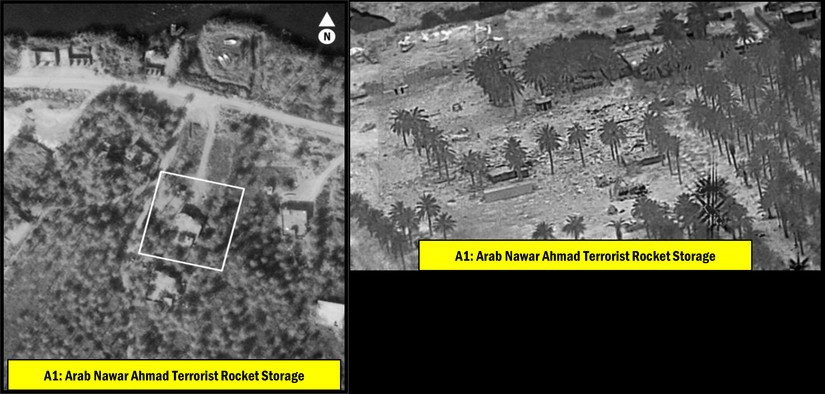
“We assessed that each location stored weapons that would enable lethal operations against U.S. and coalition forces in Iraq,” McKenzie said. “We also assessed that the destruction of these sites will degrade Kata’ib Hezbollah’s ability to conduct future strikes.”
Weather issues around Baghdad have prevented U.S. forces from doing a complete battle damage assessment of the sites following the attacks, but McKenzie said he remains confident that the attacks were effective.
“We’re confident that we’ve effectively destroyed these facilities and expect they will no longer be able to house the type of advanced Iranian-supplied weapons that were used in the Kata’ib Hezbollah attacks on the Iraqi base at Camp Taji,” McKenzie said.
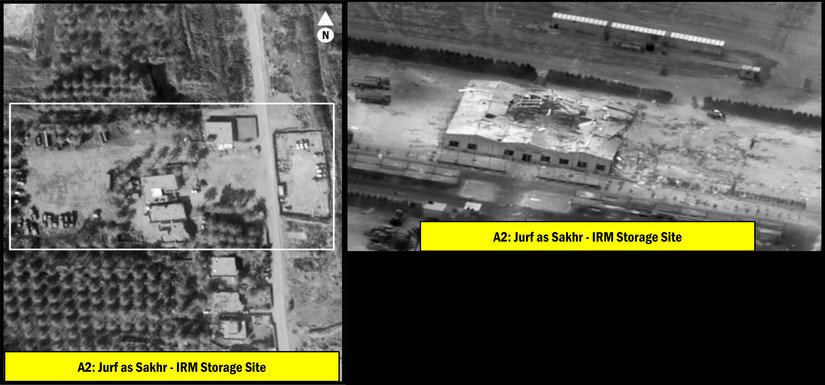
The general also said he thinks collateral damage from the attacks was low and that there will be fatalities at the sites, but numbers can’t be confirmed right now.
McKenzie said that the Kata’ib Hezbollah attack on Camp Taji was meant to include a total of 33 Iranian-supplied 107mm Katyusha rockets, but only 30 had been fired.
“Three were left in the vehicle and failed to ignite,” he said. “Of the 30 that were fired, between 8 and 12, or 8 and 15, landed in Taji; that’s a large strike … that’s intent to produce a lot of casualties.”
Radar information, he said, was able to track the origin of the launches, and Iraqi forces were able to capture the launch vehicle and the remaining unlaunched rockets.
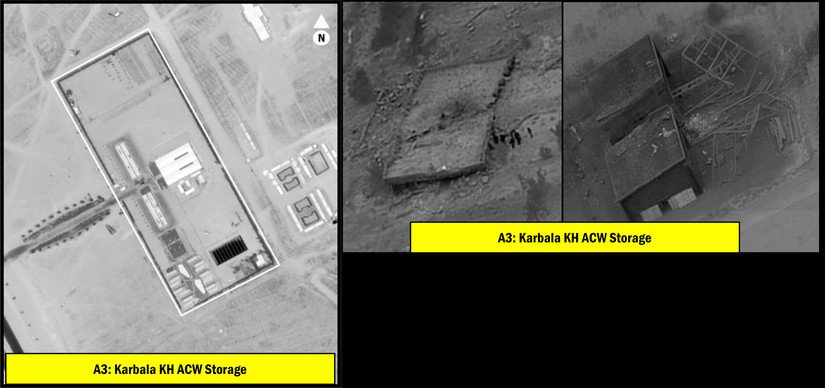
“The Iraqis actually went out and got the vehicle for us, which was very much appreciated,” he said. “But, as usual, typically, the vehicles are left with a timer. There is nobody there when the rockets are fired, which is why the remaining three probably couldn’t be ignited because they set a timer on them and ran away. It’s a particularly cowardly way to fight, but there you go.”
The U.S. will process the captured vehicle and the remaining rockets and get intelligence from them. While there are a lot of other weapons sites in Iraq similar to the ones the U.S. struck yesterday — and the U.S. knows where most of those sites are — McKenzie said the United States carefully considers attacking such sites, taking into account the relationship with the Iraqi government and also the potential for collateral damage.
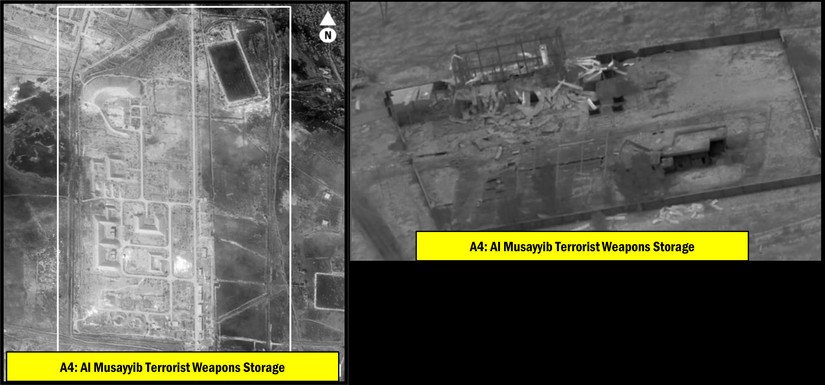
“We work with the government of Iraq to go after these sites all the time, with varying degrees of success,” McKenzie said. “If we have information on a site, we share it with our Iraqi partners, and they’ll go after those sites, sometimes effectively, sometimes not effectively. I’m not going to say that it always works, but it is their country, we need to give them the opportunity to do it.”
The general also said consideration for civilian activities are also a consideration for why additional weapons are not attacked.
“When we look at sites, often they’re commingled with civilian activities and there’s a very high probability of civilian damage if we strike those sites,” he said. “The United States is not going to do that. If we strike a site, we’re going to find a site that provides collateral damage consistent with the law of armed conflict and our values.”
Following the attack on Camp Taji, McKenzie said he has asked for two carrier strike groups to remain in the Centcom region. Both the USS Dwight D. Eisenhower and the USS Harry S. Truman were approved to stay on.
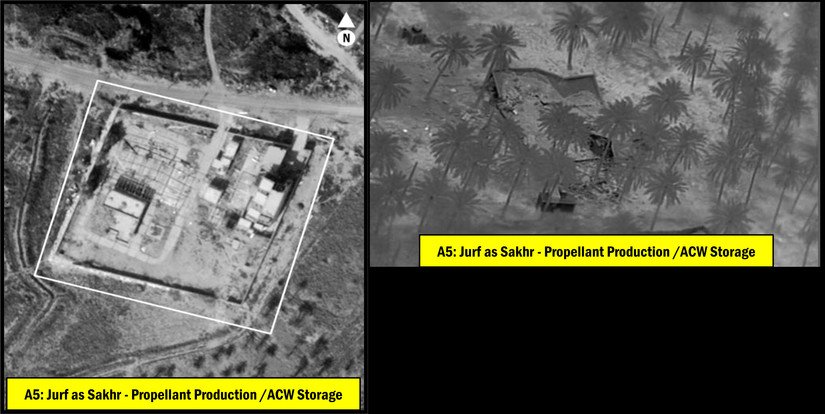
“We’re going to keep them for a while,” McKenzie said. “We can move [them] around to present a completely changing potential threat to an adversary. So, the carriers are very … important to us and we know that the Iranians watch them very closely, too.”
McKenzie also said the U.S. is moving Patriot missile batteries into Iraq, as well, along with other systems, including a counter rocket, artillery, and mortar system, to defend the Patriot once it’s in place.
“We are in Iraq to support the people of Iraq in their fight against ISIS,” McKenzie said. “We always reserve the right to defend our forces whenever they’re attacked or threatened … I would caution Iran and its proxies from attempting a response that would endanger U.S. and coalition forces or our partners. U.S. Central Command is well postured to defend our forces around the region and respond to any further aggression against our forces.”

For more articles like this, visit defense.gov/Explore/News.
BRCC and Bad Moon Print Press team up for an exclusive, limited-edition T-shirt design!
BRCC partners with Team Room Design for an exclusive T-shirt release!
Thirty Seconds Out has partnered with BRCC for an exclusive shirt design invoking the God of Winter.
Lucas O'Hara of Grizzly Forge has teamed up with BRCC for a badass, exclusive Shirt Club T-shirt design featuring his most popular knife and tiomahawk.
Coffee or Die sits down with one of the graphic designers behind Black Rifle Coffee's signature look and vibe.
Biden will award the Medal of Honor to a Vietnam War Army helicopter pilot who risked his life to save a reconnaissance team from almost certain death.
Ever wonder how much Jack Mandaville would f*ck sh*t up if he went back in time? The American Revolution didn't even see him coming.
A nearly 200-year-old West Point time capsule that at first appeared to yield little more than dust contains hidden treasure, the US Military Academy said.












